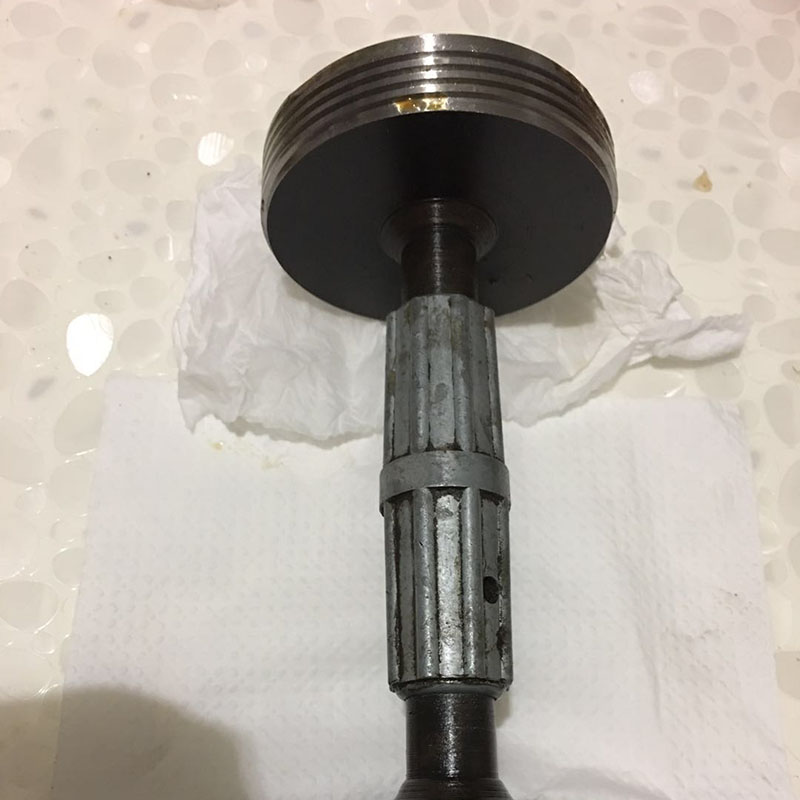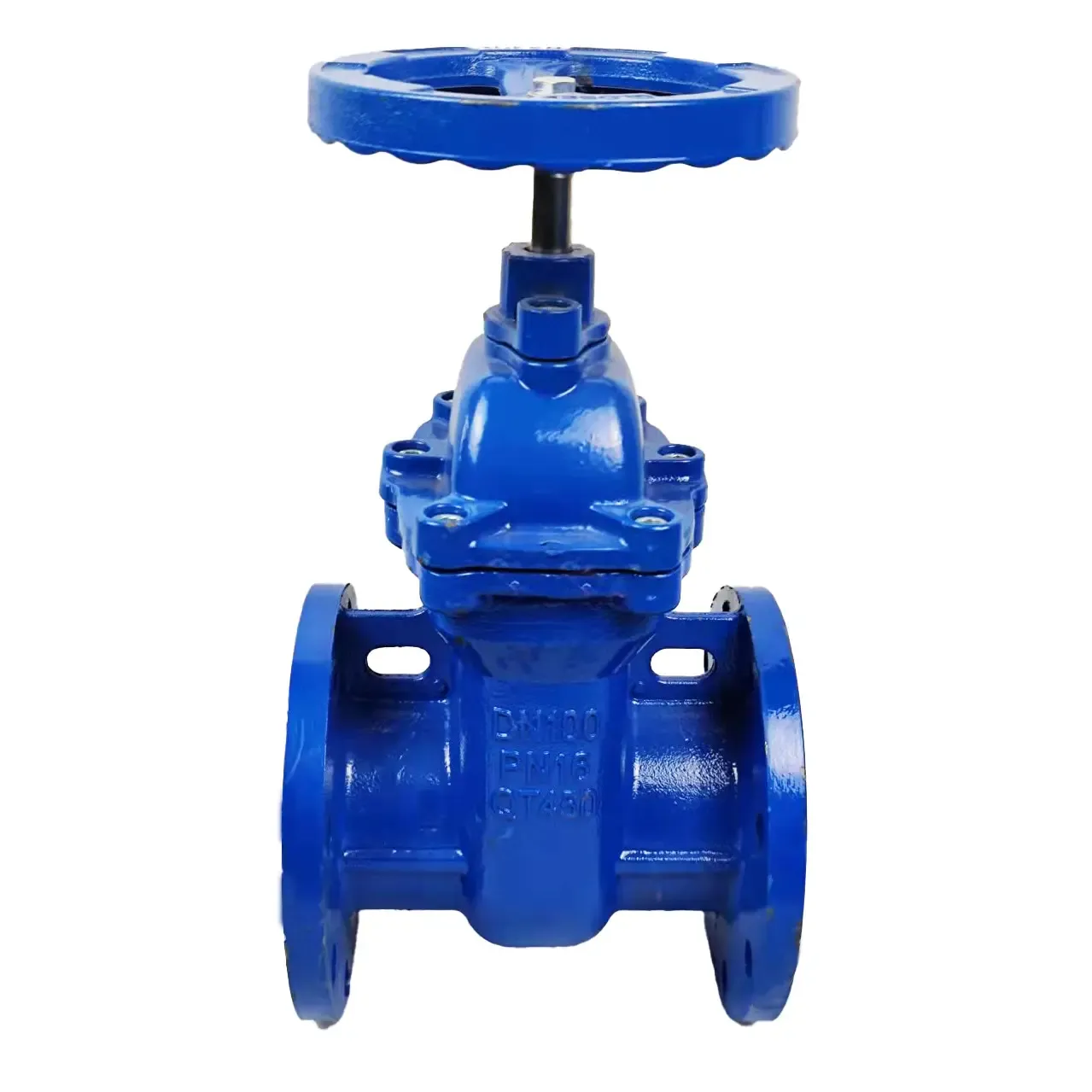2 月 . 13, 2025 22:31 Back to list
check valve types and applications
Check valves are an essential component in various fluid systems, preventing backflow and ensuring the smooth operation of pipelines and equipment. Known for their versatility, these valves can be found in an array of systems, from industrial pipelines to household plumbing. Choosing the right type of check valve for specific applications requires understanding their distinct designs and functionality. Here’s an exploration of the various types of check valves and their applications, emphasizing practical experiences and expert insights.
Wafer Check Valves are compact and lightweight, designed to fit between pipe flanges. With reduced space and weight considerations, these valves are suitable for applications where space is constrained, without sacrificing performance. They are frequently employed in HVAC systems, water treatment facilities, and chemical plants. Notably, wafer check valves offer a quick and straightforward installation process and are known for their low maintenance needs, making them an authoritative choice for plant engineers aiming for efficiency and cost-effectiveness. Diaphragm Check Valves utilize a flexible diaphragm to control flow direction. Their unique design is particularly beneficial in industries requiring sterile conditions, such as pharmaceuticals and food processing. These valves ensure contamination prevention and are praised for their excellent chemical resistance. Experienced operators highlight their long lifecycle and minimal operational noise, which can be pivotal in maintaining a quiet work environment in sensitive settings. Dual Plate Check Valves feature two spring-loaded plates that provide a quick response to flow changes. Their design minimizes water hammer effects, making them suitable for water distribution systems and industrial applications where flow fluctuation is common. Their compact size and quick closing action enhance system reliability. Experts and system designers often recommend dual plate check valves for their ability to reduce energy consumption due to lower pressure drops. In conclusion, understanding the various types of check valves and their applications is crucial for selecting the appropriate valve for specific systems. Each valve type comes with its distinct advantages, offering solutions tailored to different industrial needs. Leveraging expertise in valve technology, manufacturers continually innovate to produce check valves that meet industry demands for efficiency, reliability, and safety, ultimately ensuring the credibility and trustworthy investment in long-term system performance.


Wafer Check Valves are compact and lightweight, designed to fit between pipe flanges. With reduced space and weight considerations, these valves are suitable for applications where space is constrained, without sacrificing performance. They are frequently employed in HVAC systems, water treatment facilities, and chemical plants. Notably, wafer check valves offer a quick and straightforward installation process and are known for their low maintenance needs, making them an authoritative choice for plant engineers aiming for efficiency and cost-effectiveness. Diaphragm Check Valves utilize a flexible diaphragm to control flow direction. Their unique design is particularly beneficial in industries requiring sterile conditions, such as pharmaceuticals and food processing. These valves ensure contamination prevention and are praised for their excellent chemical resistance. Experienced operators highlight their long lifecycle and minimal operational noise, which can be pivotal in maintaining a quiet work environment in sensitive settings. Dual Plate Check Valves feature two spring-loaded plates that provide a quick response to flow changes. Their design minimizes water hammer effects, making them suitable for water distribution systems and industrial applications where flow fluctuation is common. Their compact size and quick closing action enhance system reliability. Experts and system designers often recommend dual plate check valves for their ability to reduce energy consumption due to lower pressure drops. In conclusion, understanding the various types of check valves and their applications is crucial for selecting the appropriate valve for specific systems. Each valve type comes with its distinct advantages, offering solutions tailored to different industrial needs. Leveraging expertise in valve technology, manufacturers continually innovate to produce check valves that meet industry demands for efficiency, reliability, and safety, ultimately ensuring the credibility and trustworthy investment in long-term system performance.
Next:
Latest news
-
Y Type Strainers: A Comprehensive GuideNewsOct.18,2024
-
Understanding Water Valve Options for Your NeedsNewsOct.18,2024
-
Functions and TypesNewsOct.18,2024
-
An Essential Component for Fluid SystemsNewsOct.18,2024
-
Adjustment and ReplacementNewsOct.18,2024
-
Slow Closing Check Valves: A Key Component in Fluid SystemsNewsOct.08,2024
Related PRODUCTS









